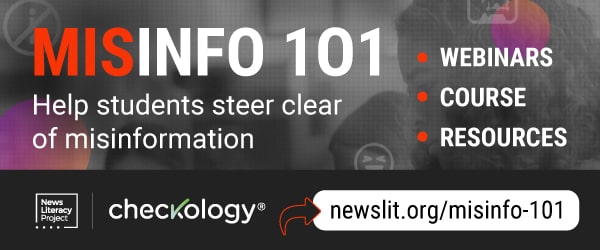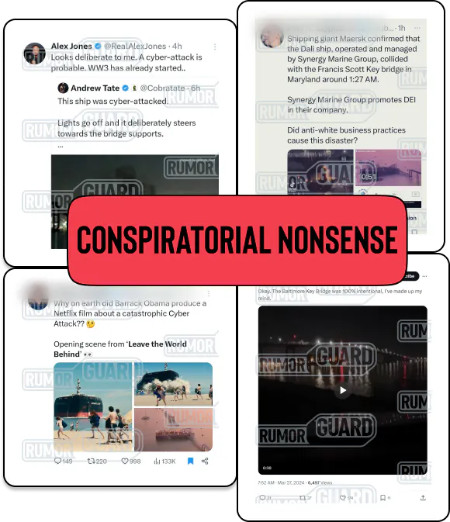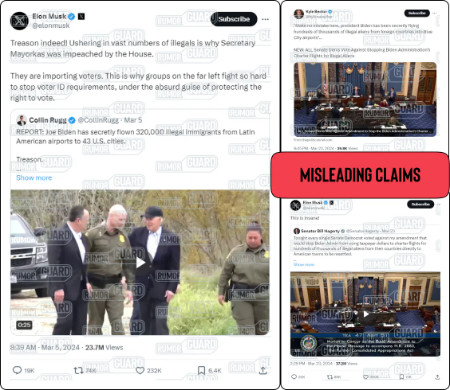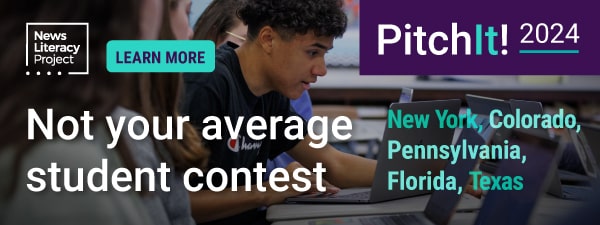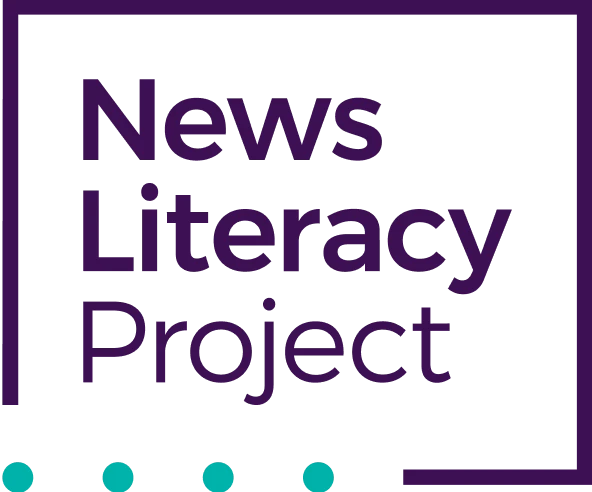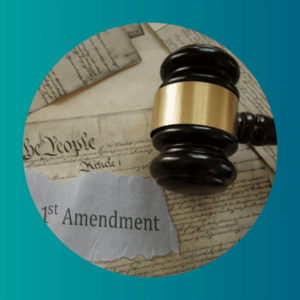|
Top picks
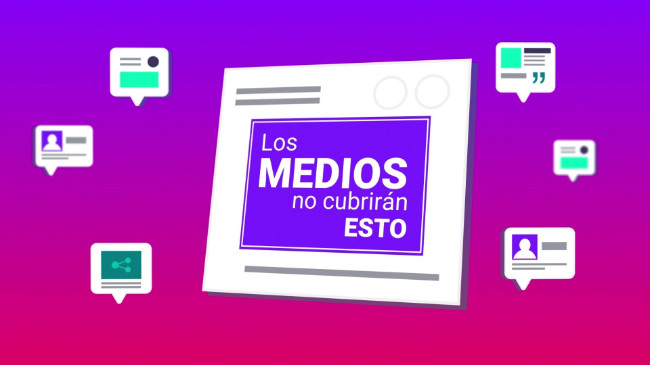
|
| “Los medios no cubrirán esto,” or “The media won’t cover this,” is a phrase that frequently accompanies political disinformation. Illustration credit: The News Literacy Project. |
 |
Efforts are underway to help counter Spanish misinformation amid the expected onslaught of AI-generated misinformation ahead of this year’s presidential election, with Spanish-language fact-checking organizations partnering with news outlets.
Latinos are a key voting group in several battleground states, but they are, of course, not a monolith. Disinformation is sometimes microtargeted to specific populations. For example, a political ad in 2020 included disinformation about the Venezuelan government endorsing Joe Biden for president — a false narrative that preyed on Venezuelans fearful of socialism and dictatorships. Researchers say Spanish misinformation is less likely to be moderated on social media platforms than misinformation in English, and that YouTube and WhatsApp are the most-used platforms for Spanish speakers.
- Discuss: How are Latinos being targeted with misinformation? How is misinformation generated by AI different from other forms of misinformation? Should social media platforms moderate content in multiple languages? Do you think Spanish-language fact-checking efforts underway are helpful in combating misinformation? Why or why not?
- Resources:
- Related:
 |
Dig Deeper: Use this think sheet for students to take notes and create a visual that illustrates how false narratives are created and spread to Spanish-speaking audiences. (meets NLP Standard 4). |
|
 |
Birth control misinformation is trending on social media as the U.S. Supreme Court weighs access to the abortion pill. Anecdotally, physicians say the number of patients citing birth control misinformation from TikTok and other online sources has accelerated in the last few years, Washington Post reporter Lauren Weber told CBS News. One false narrative that’s common to hear is that birth control affects long-term fertility. Falsehoods are sometimes spread by influencers peddling supplements or hormonal treatments or conservative commentators who link birth control with abortion, Weber said. When people engage with content on a particular topic, algorithms serve up similar videos, which can send social media users down a rabbit hole.
- Discuss: How can you determine credible sources of health information? How does health misinformation spread on social media? Should tech companies moderate birth control misinformation? How can we counter health misinformation?
- Resources:
- Related:
|
 |
Dramatic video footage of the fatal Baltimore bridge collapse was shown across news outlets and social media — but should it be taken down? During an interview with CNN on March 26, the day the bridge collapsed after a cargo ship lost control and crashed into it, Baltimore Mayor Brandon Scott requested the news outlet stop showing footage of the bridge collapse and said it was traumatizing for his community.
In the Poynter piece, media ethics expert Kelly McBride reviewed the video and noted that the accidental bridge collapse does not have the same level of traumatic impact as violent events like 9/11 or mass shootings do. “I don’t think using the video is particularly insensitive as long as the news coverage is advancing the story, by bringing in new perspectives and information,” she said.
- Discuss: Should newsrooms consider a community’s potential trauma when publishing footage? What ethics considerations do newsrooms weigh when determining news coverage of tragic events and the need to inform the public? Do you agree with McBride’s evaluation of the video? Why or why not?
- Resources:
- Related:
|
|
